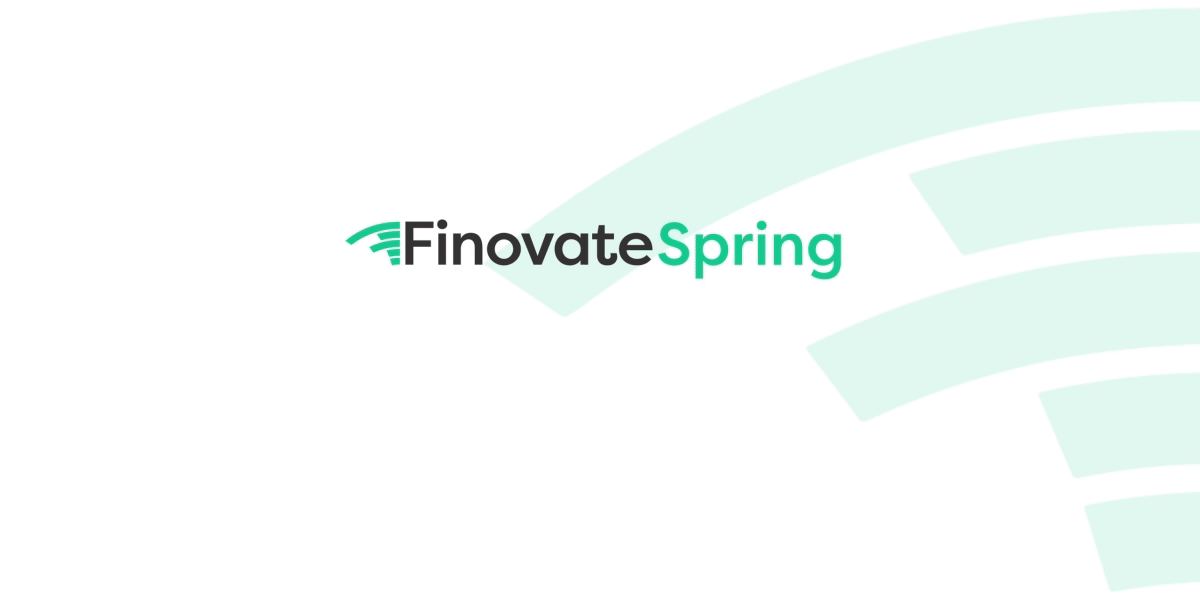
- Leeds Building Society, the fifth largest building society in the UK, has gone live on Mambu’s cloud banking platform.
- The financial institution has launched a pilot digital savings solution and expects to add its mortgage offering to the modernization initiative.
- Headquartered in Berlin, Germany, Mambu has been a Finovate alum since 2013.
After operating on a legacy core system for more than two decades, Leeds Building Society—the fifth largest building society in the UK—has gone live on Mambu’s cloud banking platform. The first step for the institution, in what it is calling a multi-year core modernization project, has been to launch a pilot digital savings solution.
“Our partnership with Mambu continues to go from strength to strength. We’ve spent the past year building the engineering foundations for the complete overhaul of our technology and we are delighted to see the technology being used for live savings accounts,” Leeds Building Society Chief Operating Officer Rob Howse said.
In a statement, Leeds Building Society praised Mambu for the speed with which the institution was able to launch its new savings offering. The building society noted that the savings products launched less than a year after starting the build. Leeds Building Society anticipates eventually adding its mortgage offering to its modernization plan thanks to Mambu’s composable architecture and cloud technology.
Composable banking enables financial services companies to leverage the fast and flexible assembly of independent, best-for-purpose systems to design and deliver new solutions and services. Composable banking allows firms to apply agile principles to build, test, and release new solutions; select and combine technologies in unique ways to design a competitive advantage; build both off-the-shelf and customized cloud solutions; and avoid the potential delays and dependencies of relying on single vendor partners.
Mambu’s cloud banking platform enables financial institutions to take advantage of these features, empowering firms to offer configurable deposits and lending products, collaborate with third-party technology providers, and more. To date, the platform has delivered 400 successful go-lives, served more than 260 customers and 114 million end users, and provided cost savings of up to 50% on implementation, integration, customization, infrastructure, and maintenance.
“Partnering with Mambu provides us with a solution that brings the best composable architecture and cloud technology coupled with innovative functionality that matches the very best in the industry,” Howse added. “This strategic move will mean we can spend more time improving the lives of our members and less worrying about our legacy technology.”
Established in 1875, Leeds Building Society has one million members across the UK. Operating as a mutual, Leeds Building Society offers mortgage, savings, insurance solutions, as well as financial wellness and financial literacy content. The partnership with Mambu coincides with the institution’s 150th anniversary and the “Year of the Cooperative”—a global effort launched by the United Nations to promote the work of cooperative financial institutions and their contributions to sustainable development.
“Leeds Building Society’s move to Mambu is a landmark moment for both the organization and the building society sector at large, reflecting our strengthening presence in the sector and our strong track record of providing transformative solutions to banks, fintechs, and other financial services organizations across the United Kingdom,” Mambu Chief Revenue Officer Mark Geneste said.
Berlin, Germany-based Mambu made its Finovate debut at FinovateAsia 2013. The company most recently demoed its technology on the Finovate stage in New York for FinovateFall 2021 and in London at FinovateEurope 2022 (in partnership with Persistent Systems). Mambu began 2025 announcing a partnership with Money DD, a subsidiary of Thailand’s Government Savings Bank (GSB), in support of its new digital lending platform Good Money. The fintech also teamed up with Spain’s Ibercaja Banco, helping the institution launch a dedicated consumer finance entity. Last month, Mambu announced a pair of additions to its C-suite, introducing Ellie Heath as Chief People Officer and Semhal Tarekegn O’Gorman as Chief Customer Success Officer.




















